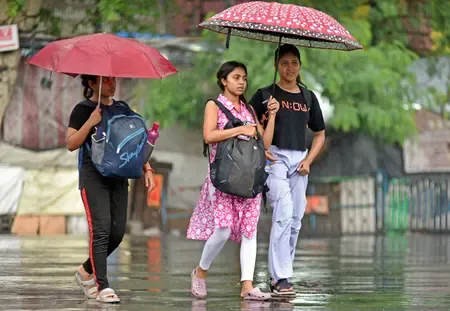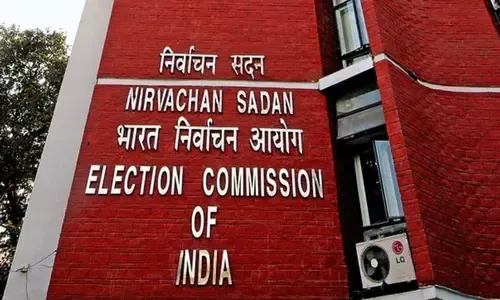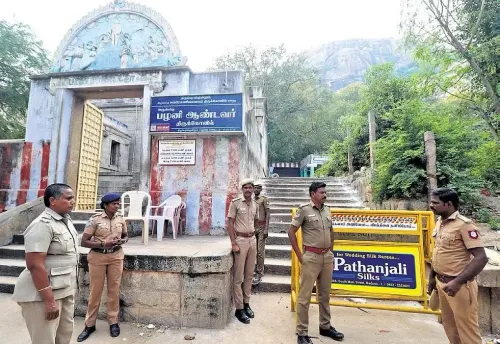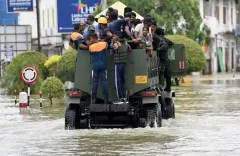Is Gujarat Facing Heavy Rainfall with Sinor Leading the Record?

Synopsis
Key Takeaways
- Gujarat has reported significant rainfall with Sinor leading the record.
- Rainfall intensity varies across the state.
- Authorities are managing water releases to prevent flooding.
- Urban areas are experiencing temporary challenges in drainage.
- Residents are advised to stay informed about weather updates.
Ahmedabad, Aug 12 (NationPress) Gujarat saw extensive rainfall today, with 50 talukas reporting precipitation as clouds drifted towards the central and northern regions of the state.
As per data from the State Emergency Operation Centre (SEOC) in Gandhinagar, the most substantial rainfall recorded in the last 24 hours occurred in Sinor, Vadodara, measuring 0.91 inches.
While Sinor topped the rainfall charts, many other talukas received less than half an inch. Excluding Sinor and Mangrol in Surat, the other 48 talukas experienced only light showers, often totaling just 1 to 2 millimeters.
This indicates that although the rain is widespread, its intensity varies significantly across the state. Meteorologists attribute the rain to existing weather systems that are gradually moving inward, providing relief to areas that have recently seen little precipitation. Residents in central and northern Gujarat are urged to remain informed as the weather system evolves.
This year, Gujarat has experienced irregular rainfall patterns during the monsoon season, with an overall slight surplus in precipitation.
While regions such as Kutch, Banaskantha, and Bhavnagar enjoyed excess rainfall—some areas exceeding 50-135 percent above average—others like Gir Somnath and Amreli encountered shortages. The southern and parts of central Gujarat received more rain compared to the relatively drier regions of Saurashtra and northern Gujarat.
Following a strong June and optimistic forecasts for July, monsoon activity diminished in early August but is anticipated to rebound mid-month, potentially equalizing the rainfall distribution across the state. This monsoon season has seen Devbhoomi Dwarka district receiving the highest rainfall at approximately 2,079 mm, which is around 135 percent more than its ten-year average, making it the wettest district in the state, followed by Porbandar and other districts like Vadodara, Bharuch, and Tapi, all of which recorded significantly above-average rainfall.
This season, authorities successfully managed water releases from major dams such as Sardar Sarovar and Ukai to avert flooding downstream while ensuring there is sufficient water supply for agricultural and urban requirements. Road connectivity and urban drainage systems in some flood-prone areas faced temporary strain, necessitating swift repair operations and enhanced disaster preparedness.










